8 Minutes
The world of civil aviation is on the brink of a breakthrough, as supersonic aircraft projects from leading American innovators are set to revolutionize air travel. After decades of regulatory hurdles, new FAA initiatives are opening doors for the next generation of high-speed passenger jets. Let’s explore four groundbreaking supersonic jets ready to redefine the boundaries of commercial flight, their specifications, design innovations, performance metrics, and the impact they could have on the mobility and automotive sector.
The New Era of Supersonic Air Travel
Civil aviation saw its last supersonic icon—the Concorde—retire in 2003, but momentum is building again. Recent changes in regulatory policies, notably a push by the U.S. government to update long-standing bans on overland supersonic flight, have set the stage for a new breed of commercial jets capable of flying faster than sound. This is an exciting prospect for car and aerospace enthusiasts alike, as the convergence of automotive engineering, cutting-edge materials, and advanced propulsion systems is ushering in a new era for transportation.
Boom Overture: Speed Meets Sustainability
Vehicle Specifications & Design
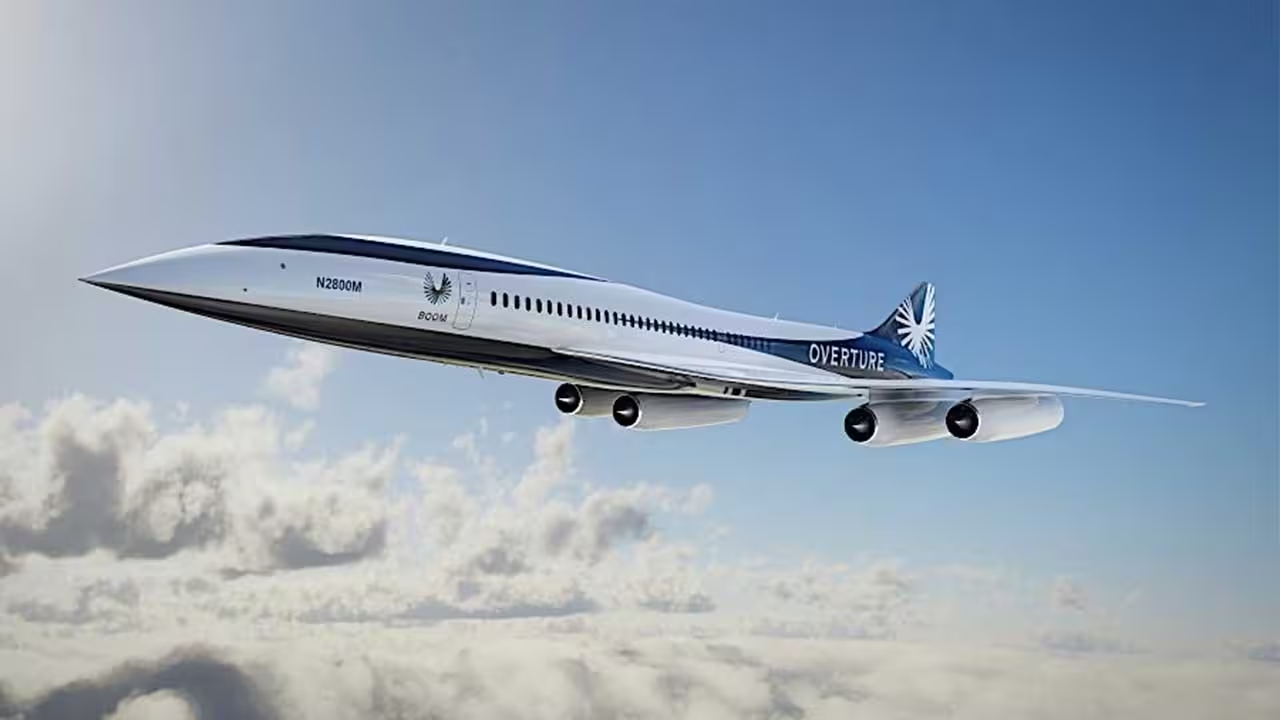
Hailing from Denver, Colorado, Boom Supersonic has quickly become a pioneer in the supersonic passenger jet arena. The Overture, their flagship project, is positioned as the fastest commercial airplane on the planet. Showcasing medium-size dimensions, the Overture is engineered to seat up to 80 passengers and boasts a range of up to 7,800 kilometers—enough for intercontinental routes.
What sets the Overture apart is its propulsion system: four state-of-the-art Symphony twin-spool turbofan engines. Developed in collaboration with Florida Turbine Technologies (the minds behind engines powering F-22 and F-35 fighter jets), each Symphony engine produces up to 155.7 kN of thrust at takeoff. Remarkably, these engines run entirely on sustainable aviation fuel (SAF), underpinning Boom’s commitment to greener mobility.
Performance and Production Plans
With a top speed of Mach 1.7 (1,800 km/h), the Overture will slash transoceanic travel times. Extensive testing with the XB-1 demonstrator since 2020 has provided invaluable data, helping Boom optimize aerodynamics, safety, and fuel efficiency. Their new manufacturing facility at Piedmont Triad International Airport in North Carolina is set to produce up to 33 units per year, with aspirations to double output if demand rises. Major airlines—including American Airlines, United Airlines, and Japan Airlines—have already reserved 180 Overture jets, indicating strong commercial demand.
While the precise date of Overture’s operational launch is still forthcoming, Boom plans to unveil the first full-scale prototype later this year, marking a pivotal step toward relaunching supersonic travel for everyday passengers.
Hermeus Halcyon: Redefining Speed and Business Aviation
Engineering and Prototype Development
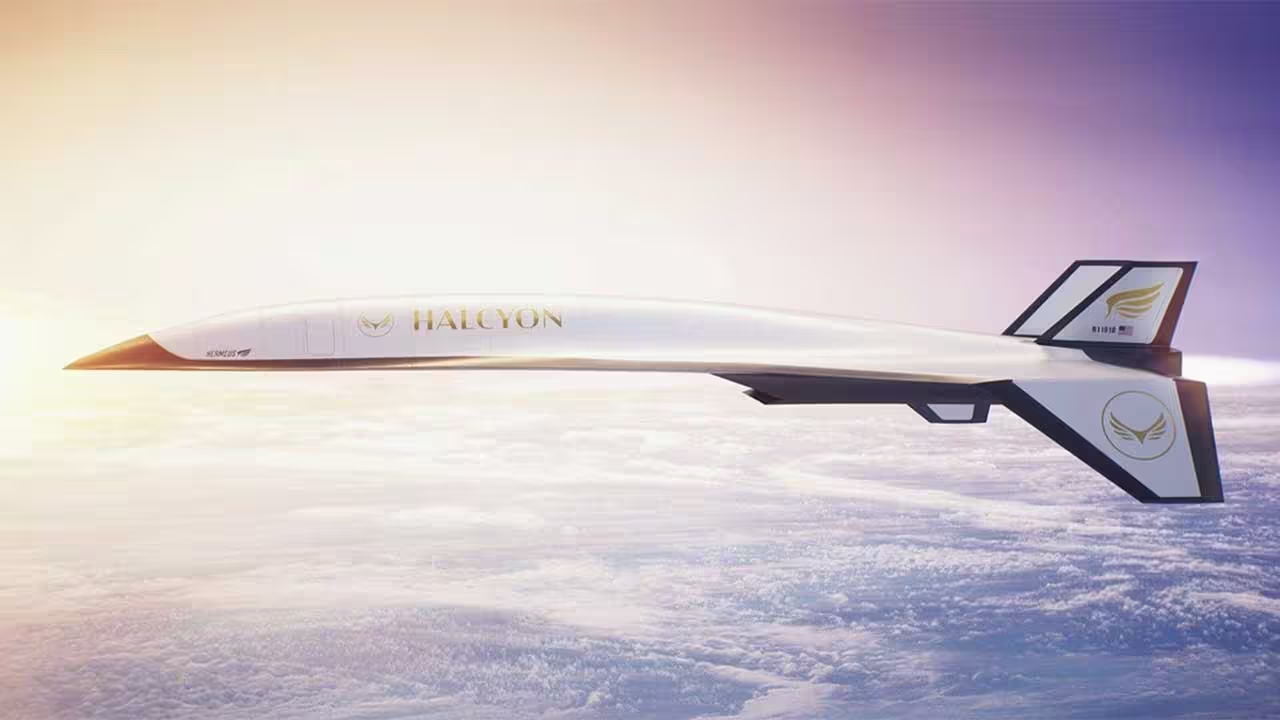
Founded in 2018, Atlanta-based Hermeus has rapidly attracted attention with its bold vision for Mach 5 passenger travel (over 6,100 km/h). While their initial project, Quarterhorse, has made recent headlines for experimental speed milestones, the ultimate goal is to deliver the Halcyon—a supersonic business jet with unrivaled performance.
Hermeus has developed three innovative Quarterhorse prototypes, each targeting different aspects of supersonic propulsion. The Mk 1 model recently completed flight tests using a GE J85 jet engine, while the Mk 2 prototype leverages a Pratt & Whitney F100 powerplant to aim for speeds exceeding 3,090 km/h. The third iteration, the Mk 3, scheduled for a 2026 debut, adopts a Chimera variant of the F100 engine to challenge the SR-71 Blackbird’s legendary speed record (3,530 km/h).
Impact on Global Mobility
When the Halcyon reaches production, its projected cruising speed will cut major transatlantic journeys—like London to New York—from over eight hours to just 90 minutes. Details on cabin configuration, passenger capacity, and commercial timelines remain under wraps, but the Halcyon signals a dramatic leap forward for private and business aviation, setting new standards for both performance and luxury.
Spike S-512 Diplomat: The Intersection of Luxury and Velocity
Design and Comfort Focus
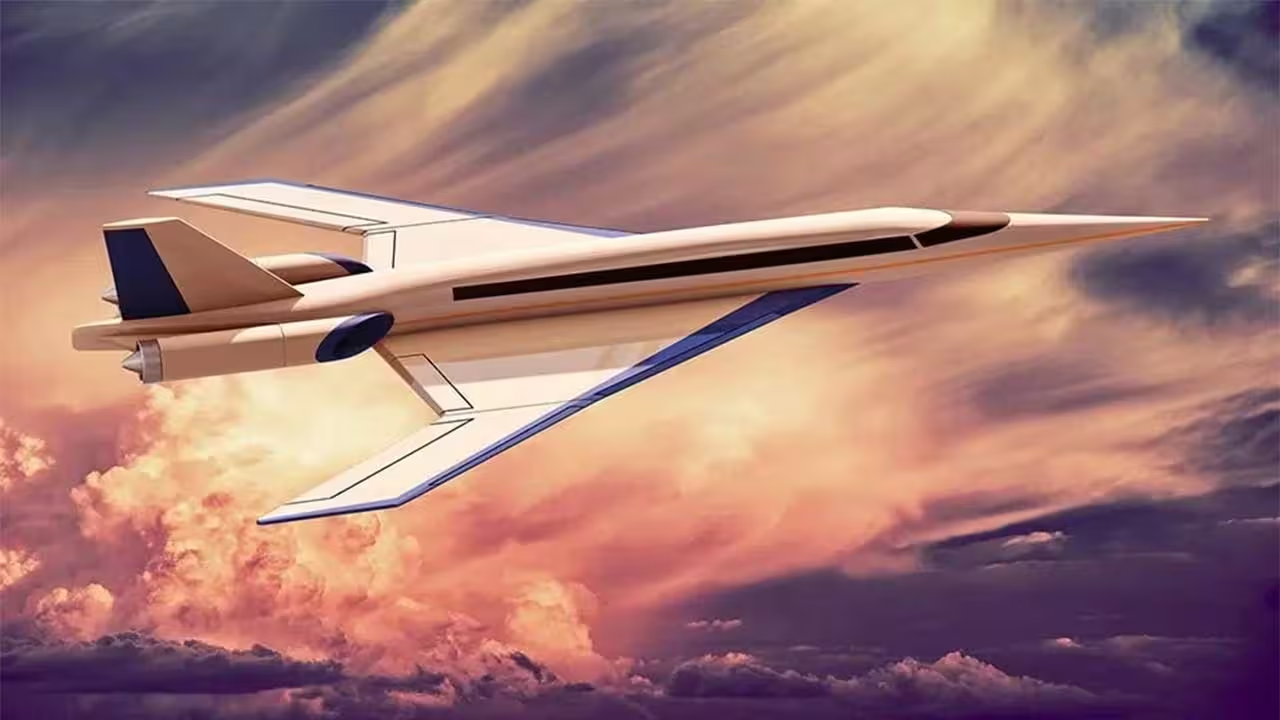
Massachusetts-based Spike Aerospace brings elegance and exclusivity to the supersonic segment with their S-512 Diplomat. Known as one of the most visually striking jets under development, the S-512 is designed for discerning travelers who value both speed and luxury. After overcoming previous operational challenges, the project was revitalized in May 2025, attracting fresh investment and renewed ambition.
The S-512 Diplomat is a compact jet for up to 18 passengers, featuring an ultra-refined cabin designed for business executives or as a high-end private aircraft. Although Spike has not yet disclosed its engine supplier, the jet is engineered to attain maximum speeds near 1,980 km/h—slicing journey times between cities around the globe nearly in half.
Market Position and Competitive Edge
Its blend of opulence and raw speed makes the S-512 a strong contender in the luxury business jet market, and its compact design promises personalized comfort on every route. Production timelines remain unconfirmed, but industry insiders remain optimistic about its future.
Venus Stargazer: Ultimate Speed in Civilian Aviation
Pushing Performance Boundaries
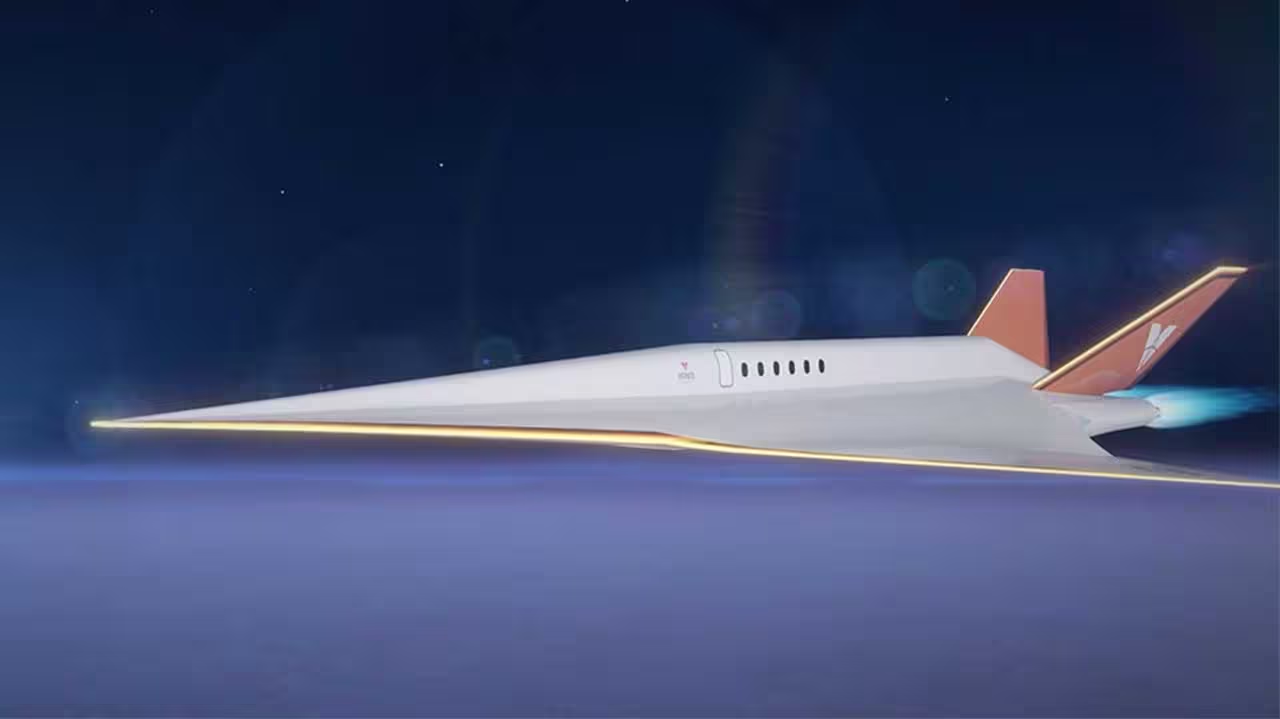
The Venus Stargazer—being engineered in Houston, Texas, since 2019—represents the extreme of civilian aviation speed. The Stargazer is theoretically capable of hitting 11,100 km/h, which would allow it to reach any destination on Earth in under an hour—a feat never before possible in commercial transport.
This remarkable performance is achieved through an innovative propulsion system, combining standard jet engines for initial acceleration with a cutting-edge rotating detonation rocket engine for sustained hypersonic flight. Although technical details remain confidential, the technology promises to change the way we think about mobility and long-distance travel.
Capacity and Current Status
With seating for only 12 passengers, the Stargazer places an emphasis on exclusivity, catering to niche markets such as private jets and ultra-fast executive travel. However, despite years of R&D, the Stargazer is still in the conceptual design stage, awaiting further technological breakthroughs and regulatory advancements to progress toward production.
Supersonic Jets vs. Automotive Speed Records
While supercars have long vied for the title of world’s fastest vehicle—think Bugatti Chiron, Koenigsegg Jesko, or the legendary Hennessey Venom—supersonic jets like these leave even the fastest hypercars in the dust. The engineering parallels between next-generation aircraft and high-performance automotive design are striking, with both fields pushing limits of aerodynamics, materials science, and propulsion.
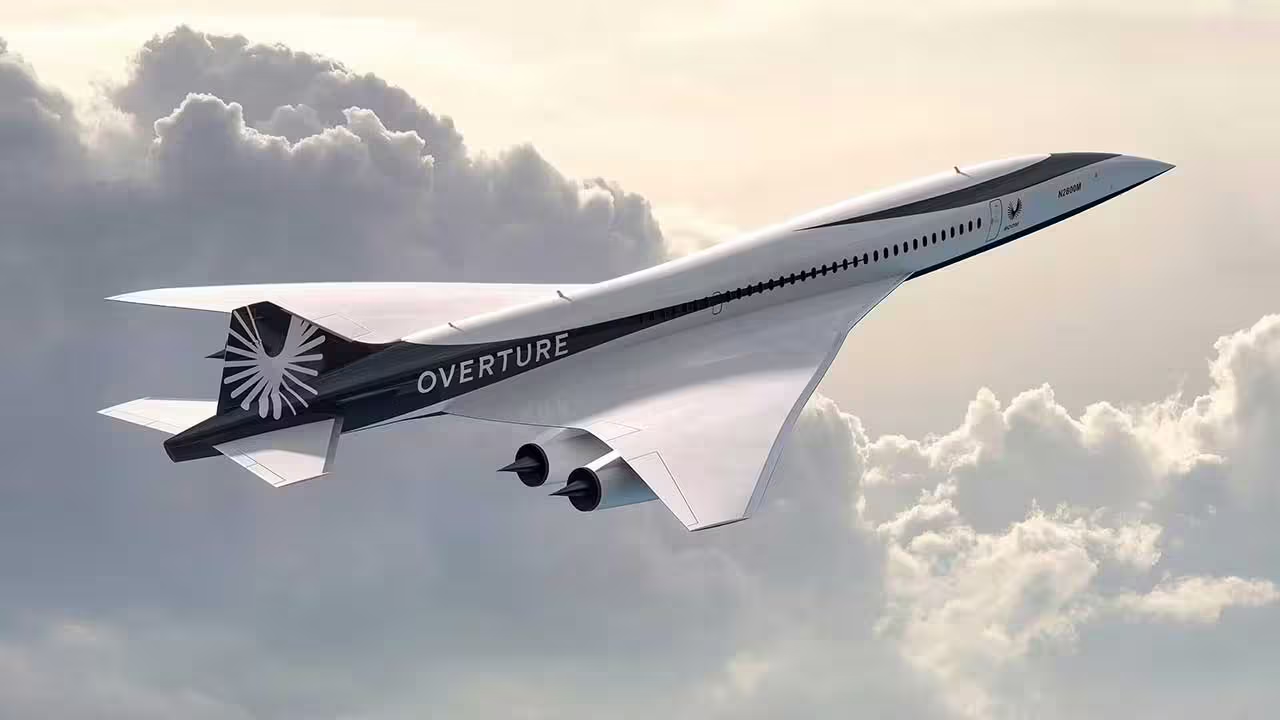
The Road Ahead: Challenges, Opportunities, and Global Impact
As these supersonic projects edge closer to reality, they signify not just a leap for aviation, but an evolution for the broader automotive industry. From sustainable fuels used by Boom Overture’s engines to flight control and cabin comfort technologies that often trickle down to luxury automobiles, the cross-pollination between these sectors is set to benefit mobility enthusiasts for decades.
With regulatory landscapes beginning to shift, and investment pouring into advanced aeronautical projects, supersonic passenger jets are poised to become the ultimate symbol of speed, innovation, and luxury in global travel. For anyone passionate about high-performance vehicles—be it on the road or in the sky—the future looks faster and more exciting than ever.



Comments